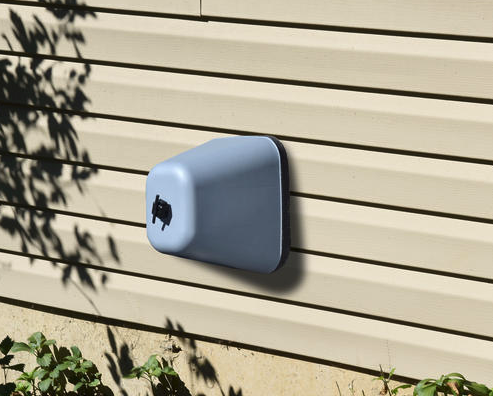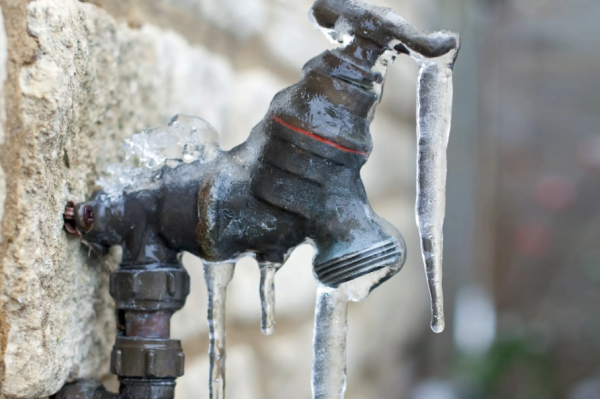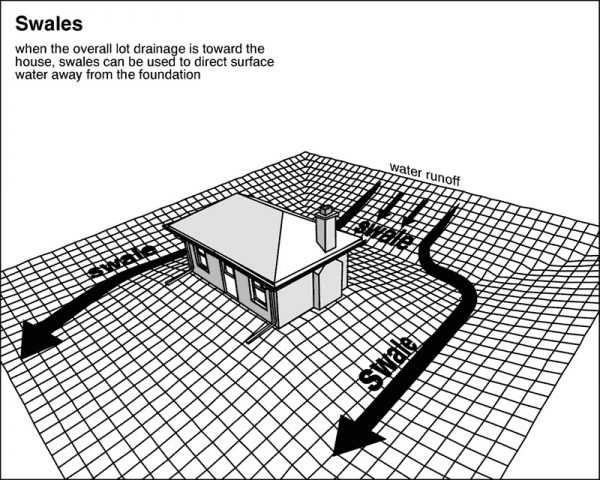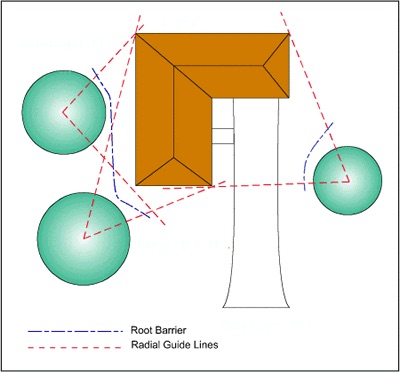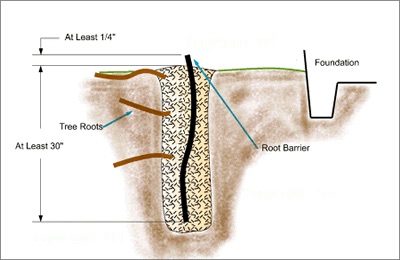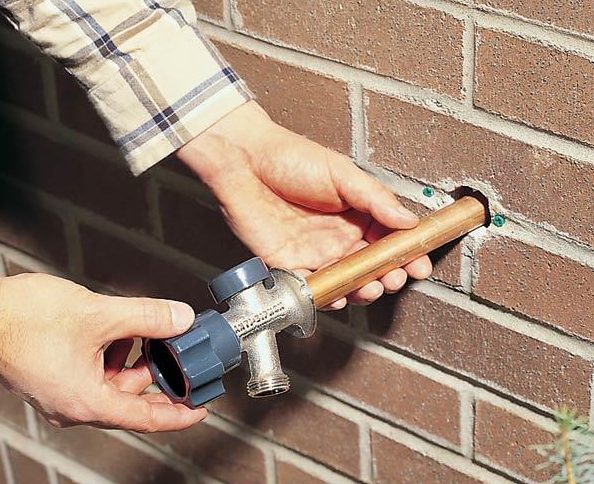
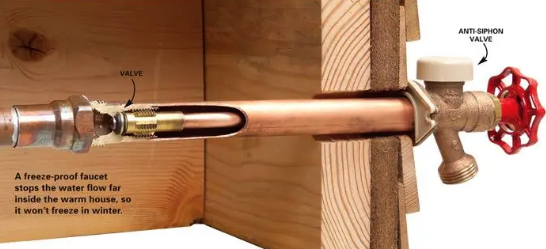
Obviously, the colder it gets and the longer the low temperatures last the more important protection from freezing pipes becomes.
Any time the outdoor temperature drops below freezing then your pipes are in danger of freezing and bursting. On modern homes in North Texas most of the pipes are insulated and protected from freezing and require very little maintenance. I have found this video from Roger Wakefield, a plumber in Dallas who does a good job explaining all you need to know about protecting your pipes.
https://www.youtube.com/watch?v=-4zyYhAcT7g
Now almost all prevention of frozen pipes involves keeping the temperature warm inside the home, something that is very difficult if the power goes out. If you know or fear you may be without electric power and don’t have an emergency generator then turn your water off outside underground. Again, Roger Wakefield has a video that explains much of what you need. Remember just turning the water off won’t protect pipes from freezing if you don’t get the remaining water out of the house. Unfortunately, modern houses are not designed to self drain so compressed air may be required to expel water sitting in pipes but turning water off at the main valve will help prevent damage if there are leaks once the thaw begins.
https://www.youtube.com/watch?v=HDCtyWZ9BU4
And if you have frozen pipes this may help you thaw them and dealing with the aftermath.
https://www.youtube.com/watch?v=I2uUGjRQtu0
